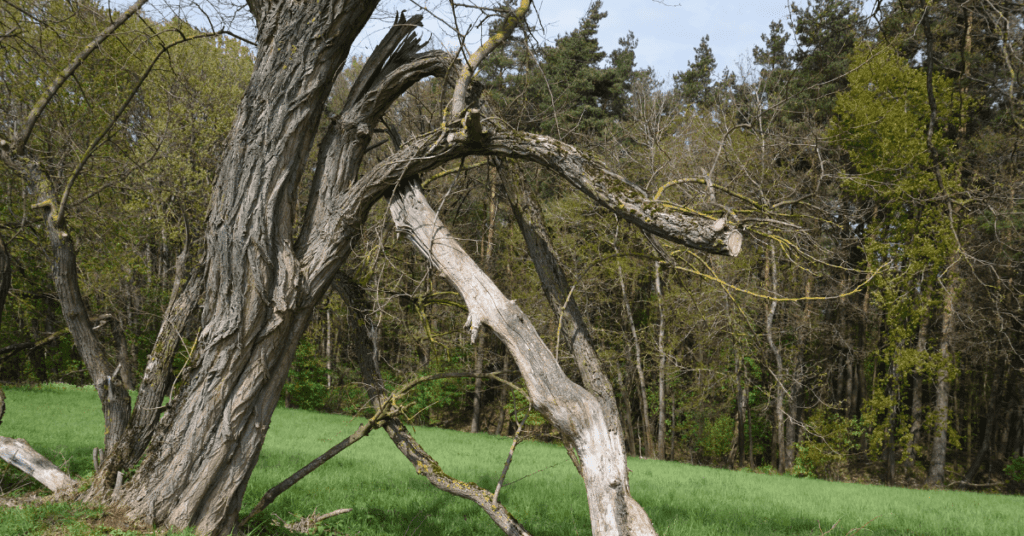Deadwood refers to the dead branches that often remain attached to the tree instead of being shed promptly. While it may appear harmless, it creates an unsightly look and can adversely affect the health of your trees by paving the way for fungal diseases and pest infestations. It can also pose a risk to your property, causing potential damages due to falling branches.
The Warning Signs of Deadwood – Knowing When to Act
A crucial step in deadwood removal is recognizing the signs that indicate its presence. Look out for persistent dead leaves on bare branches, bark that has peeled off to reveal smooth wood underneath, large fungus growing on the branches, and frail branches that feel noticeably drier and hollower than the others. If a branch snaps easily when shaken, it’s likely deadwood. While recognizing the signs of deadwood is essential, there are also 6 Signs It Might Be Time To Remove Your Tree that every homeowner should be aware of.

Timing Matters: The Best Season for Deadwood Removal
While pruning is typically performed in late winter or early spring, deadwood removal doesn’t follow the same rules. Dead or diseased wood can harm your tree’s health and should be removed as soon as it’s spotted, regardless of the season. Deadwood can be removed any time of the year. However, if you’re wondering about the Best Time of Year to Remove Trees for other reasons, there are specific seasons to consider.
Professional Deadwood Removal – A Step-by-step Approach
The professional process for removing deadwood from trees is meticulous and requires expertise. It involves identifying the deadwood, using the right tools for the job, making the correct cut to avoid harming the tree, and finally, disposing of the deadwood properly to deter pests. While many can try their hand at removing deadwood, there’s a reason to trust the professionals. Discover the importance of hiring an ISA Certified Arborist for such tasks.

Conclusion
Keeping your trees healthy and your property safe requires regular maintenance, and a key part of that is deadwood removal. While it might be tempting to tackle it yourself, hiring a professional tree service ensures not only that the job is done safely but also correctly, protecting your trees from further damage.

To maintain the health of your trees and ensure they grow correctly, familiarize yourself with Proper Pruning Practices. Remember, when it comes to deadwood, it’s not just about aesthetics—its removal is a crucial step in preserving the health of your trees and the safety of your property. So, when you notice signs of deadwood, don’t hesitate – act promptly to keep your trees flourishing and your property safe. Apart from deadwood removal, there are other preventive measures like Preventing Storm Damage to Your Trees that can ensure the safety of your property.
Act Now to Preserve Your Trees and Safeguard Your Property
Your trees deserve the best care, and your property deserves the utmost protection. With deadwood posing risks that go beyond mere aesthetics, it’s vital to address the issue promptly and professionally. Whether it’s deadwood removal, pruning, or addressing potential tree hazards, our expert team is here to guide and assist. Don’t leave the health of your trees and the safety of your property to chance. Reach out to us today and let our seasoned professionals provide you with unparalleled tree care solutions. Your trees will thank you, and you’ll enjoy peace of mind knowing your property is in safe hands.


